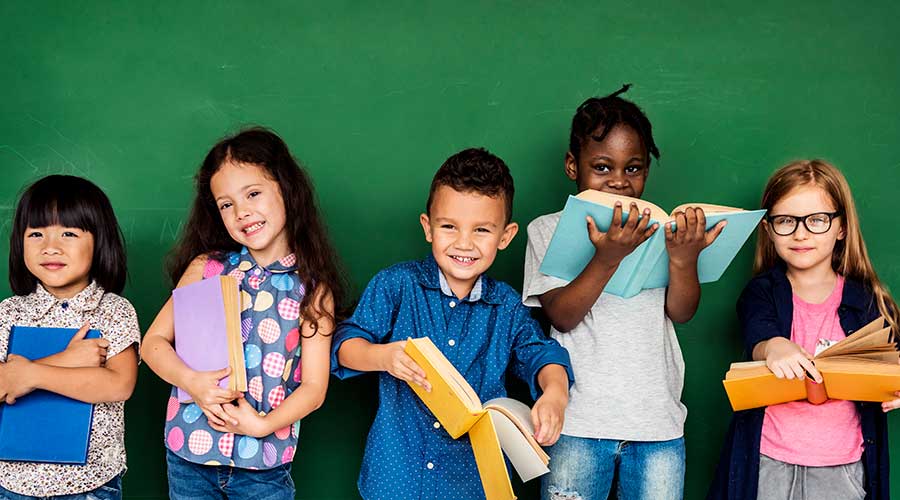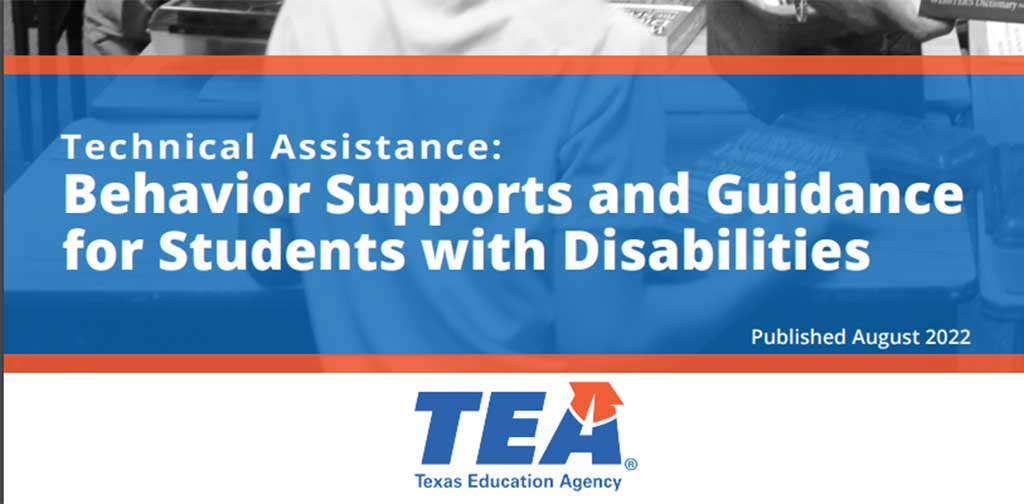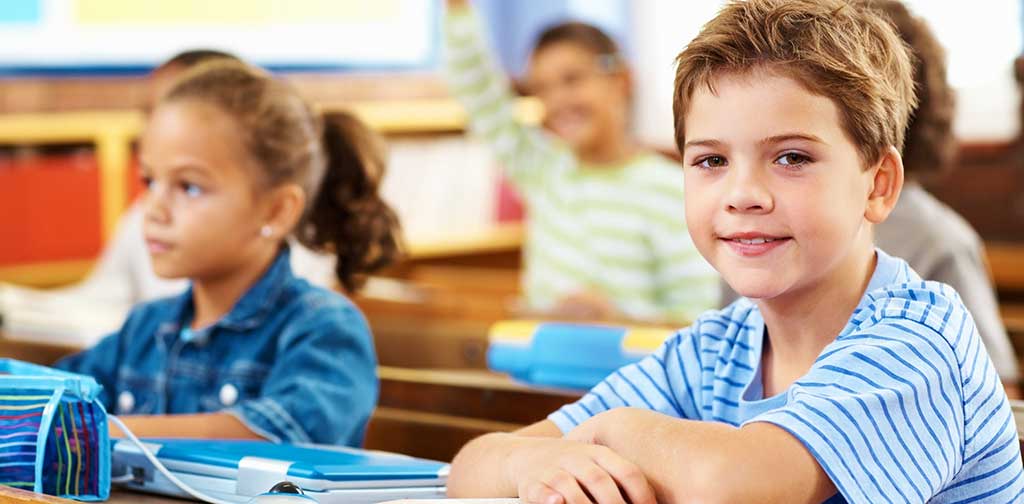Do any of these comments sound familiar?
- “I tell him to stop doing that, but he keeps on doing it. This kid must have been raised by wolves!”
- “That kid knows how she is supposed to behave. She CHOOSES to misbehave.”
- “I ask him what he is supposed to be doing and he can tell me. He knows better, so why isn’t he doing it?”
Yep. Some kids know “intellectually” what to do, but they’ve never “physically” done it before. It’s difficult for all of us to all-of-the-sudden display a completely different behavior than we’ve been showing for years. Changing a habit is no easy task. To get an idea of what it’s like, try this activity:
Do now activity (Yes!…right now.)
Cross your arms on your chest. Notice how one arm goes over the other with it’s hand tucked under it’s biceps (upper arm). At the same time, the hand of the lower arm has it’s hand resting on top of the biceps of the other limb. OK, now unfold your arms and switch their positions so that the one that was on the bottom is now on the top (and vice versa). All right. It took you awhile, but you were able to do it. Feel a bit uncomfortable and odd? Now, uncross the arms and fold them again in the new way. Again. And again. In fact, for the rest of your life, do it this new way. Don’t ever make a mistake or revert to the old way.
Think that’ll be difficult? Yep. Now imagine what we are asking our socially unskilled kids to do. We’re expecting them to immediately change a behavior that is indelibly etched into their brains, feels “comfortable,” and has been “assigned” to them by others who have labeled them as the type of person who “does that thing.” Kids who display the wrong behaviors as they interact with others will have a long and arduous path to travel as they work to change to “a better way.” Thank goodness they have a patient and supportive teacher like you. You’ll support them as they struggle to show the new behavior. You’ll focus on progress rather than perfection, seeing evidence of the new rather than vestiges of the old.
Why don’t our kids have social skills?
Social skills are those communication, problem-solving, decision making, self-management, and peer relations abilities that allow one to initiate and maintain positive social relationships with others. Deficits or excesses in social behavior interfere with learning, teaching, and the classroom’s orchestration and climate. Social competence is linked to peer acceptance, teacher acceptance, inclusion success, and post school success.
Many of our youngsters never learned “appropriate behavior” for social settings-situations in which they must interact/cope with others. Perhaps they did not receive this guidance in the home, either because of lack of training by elders or another system of values & behaviors being taught. Perhaps they did have good role models in the home and neighborhood who promoted “appropriate” behavior, but didn’t pick it up as well as most kids, just like some kids learn to read without formal instruction previous to school, and some need the structured process of reading instruction.
Displaying poor social skills is likely to get one rejected by others (other kids don’t like them and won’t associate with them). Others of our kids work hard to show the new and better behaviors they’ve been told to show, but are still rejected by others, perhaps due to past reputation or maybe because others don’t like the awkward and unsure demonstration of the newly learned behaviors which don’t appear “natural.” At other times, our pupils may still fail because they have difficulty monitoring and controlling their behavior when unexpected reactions occur. They misread social cues given off by others. For example:
- Not noticing the rejection actions by others that non-verbally/verbally say, “Get lost.”
- Viewing the positive social forays of others as being threatening. If rejected because of their behavior (past or present), they’ll rarely-if ever-get the chance to display the “correct” behaviors under naturalistic circumstances and fail to incorporate them into their behavioral repertoire.
Others of our kids will not respond positively to social skills instruction because they don’t see the skills as being necessary or useful. For example:
- assisting the teacher
- avoiding conflict with adults
- disagreeing in a non-confrontational manner
The behaviors they display now seem just fine to them. They obtain the attention, objects or power they seek.
A note to teachers of students with Emotional & Behavioral Disorders (EBD)
If you are a teacher of students with behavior disorders, are you teaching social skills to your students? Are you doing so in structured daily lessons? If not, why not? The defining characteristic of kids with EBD is their inability to build and sustain positive relationships. Kids with EBD are 3 times more likely than general ed kids to be rejected because of their behavior. It’s time to use more than point systems to “manage” the behavior of these pupils. We need more than “the curriculum of control.” We must teach the skills we wish to see.
What exactly is social skills training?
If our kids don’t have ’em, we’ve got to teach ’em. “Social skills training” is a general term for instruction conducted in (behavioral) areas that promotes more productive/positive interaction with others. We teach social skills to students who are, at present, socially unskilled in order to promote acceptance by teachers, other adults and peers. A social skills training program might include (among other things):
- Manners and positive interaction with others
- approaching others in social acceptable ways
- asking for permission rather than acting
- making and keeping friends
- sharing toys/materials
- Appropriate classroom behavior
- work habits/academic survival skills
- listening
- attending to task
- following directions
- seeking attention properly
- accepting the consequences of one’s behavior
- Better ways to handle frustration/anger
- counting to 10 before reacting
- distracting oneself to a pleasurable task
- learning an internal dialog to cool oneself down and reflect upon the best course of action
- Acceptable ways to resolve conflict with others
- using words instead of physical contact
- seeking the assistance of the teacher or conflict resolution team
Examples of Social Skills for Pre-Schoolers
- Skills that will help in later instruction (example: listening skills)
- Skills that enhance success in school/daycare settings (example: asking a question)
- How to make and keep friends (examples: asking for something, asking others to play)
- Feelings:
- awareness of own and other’s feelings (called “Theory of Mind” – being able to predict how others might feel in a situation and understanding that others might not feel as you do)
- coping with negative feelings
- Positive, non-aggressive choices when faced with conflict
- Dealing with stress:
- what to do when you make mistakes
- handling teasing and taunting
Social skills terms/definitions
Socially skilled: the ability to respond to a given environment in a manner that produces, maintains, and enhances positive interpersonal (between people) effects.
Social competence: one’s overall social functioning; a composite or multitude of generalized social skills. Social competence can be improved by teaching social behaviors/social skills.
Steps to follow in teaching social skills
Essentially, we teach social skills like we teach academics. Assess the level of the students, prepare the materials, introduce the material, model it, have them practice it, and provide feedback. If you purchase a social skills curriculum, it will probably include an assessment device, lessons, and activities. Teaching is a matter of following the directions in the kit. If you’re on your own in developing a curriculum and devising lessons, here are the specifics:
Pre-teaching
- Select the students who need training in certain skills, via assessment.
- Identify powerful re-enforcers that will motivate the students to attend to lessons and attempt new behaviors. (examples: group and/or individual points, raffle tickets, progressively moving a paper dog along the wall toward a food bowl which earns a reward.)
- Identify and specifically define the target behaviors to be taught. Decide which behaviors are needed. Define them precisely so that everyone agrees on what is to be accomplished, or what the student will be able to do/show after instruction.
- Task analyze the target behavior(s), if this listing of sequenced actions is not done for you by a packaged program.
Teaching social skills
Create groups of 2-5 youngsters with similar skill deficits. Small groups give students a chance to observe others, practice with peers, and receive feedback.
Remove obstacles to learning (examples: close class door, remove corrections officers.)
Meet early in the day so that kids are attentive and have the whole day to practice what they learn in your lesson.
Introduce the program, it’s content, and why and how it will benefit them (examples: it will help them to return to general education classes, help them obtain and keep a job, result in less trouble with teachers/parents, impress their boyfriend’s/girlfriend’s parents when they meet them, be able to convince the police to let them go if stopped).
Set up the rules and regulations. Identify the behaviors you’ll reward during lessons-one person speaks at a time, pay attention, be positive-all of which may need to be taught in the initial lessons.
Teach the easy-to-learn skills first to ensure student (and teacher) success and reinforcement. Use the traditional teaching model of telling and showing them.
With the steps provided on a handout, have them:
- learn what to do when you make mistakes
- role play at least two different scenarios, displaying right and wrong behaviors
Provide feedback with lots of encouragement and specific praise:
- from oneself
- from peers
- from the teachers
Practice, practice, practice through homework assignments, review sessions, assignments to real life settings, and surprise “tests.” For example, your student has been learning to handle interactions with authority figures. Send the student on an errand and have an unknown teacher confront him/her, accusing the pupil of “forging” a hall pass. See if the student performs poorly, runs, is rude, etc. The teacher can then say, “This is a test. How did you do?”
Teach to the high status kids in your group first. Have them demonstrate the new behaviors and be rewarded. Have your lower status kids demonstrate the behaviors after the leaders do so. Make sure the lessons are interesting and fun so that kids look forward to the lessons. Start the teaching of “following directions” by having them cook, make candy or do magic tricks. Then move to more school-based examples.
Promote generalization to different settings/circumstances by:
- practicing in different settings and under various conditions
- prompting and coaching the student in naturally occurring situations
- having the student submit self-report forms for each class period
- meeting with the student to discuss performance throughout school or life
Monitor the behavior outside of the lessons. Keep track of the display of the behavior for IEP documentation, motivation of the student, etc. Have the student self-monitor/self-assess in order to build internal motivation/control.
Recognize and reward its display in everyday school situations. When you see a good situation for a student to display a “new” behavior, prompt its use with cues and hints as subtle as possible, but as strong as necessary.
Example:
Pedro is going to be congratulated by the principal for being the “most improved student,” with regard to behavior. As the principal approaches, the teacher whispers into Pedro’s ear, “Remember to wipe the booger off your finger before shaking hands with Mr. Yoon.”
Wording for more socially advanced student
“What do we do with boogers before we shake hands?”
The student must decide on correct course of action.
Social skills training helps individuals make better choices in situations.
Activities
Look at this list of commonly needed social skills. Think of students you know who would most benefit from instruction in each one. (You could use this list as your assessment device and assign students to groups by skills):
- saying please and thank you
- dealing better with anger and frustration
- asking questions appropriately
- accepting the consequences administered by the teacher
- accepting responsibility for one’s own behavior
- dealing with losing/frustration/making a mistake/insults in an appropriate manner (without yelling or physical aggression)
- initiating a conversation with others
- accepting “No” for an answer
- joining a group activity already in progress
- following directions
- making friends
- complimenting others
- understanding the feelings of others (and accepting them as valid or OK)
- compromising on issues
- cooperating with peers
- coping with taunts and verbal/physical threats/aggression from others
- seeking attention in an appropriate manner
- waiting one’s turn
Behaviorally/specifically define the following behaviors that you might decide to teach:
- asking permission
- avoiding fighting with others
- interrupting others appropriately
- showing sportsmanship
Task analyze the following behaviors (Delineate the sub-behaviors in order-if there is an order-that must be displayed in order to accurately show the desired behavior that you have identified and defined):
- listening
- following directions
- respecting the opinions of others
- accepting praise from others
- apologizing for wrong doing
- greeting others
- familiar/family/friends
- unfamiliar
- adult
- peers
- same gender
- different gender
younger
In closing
We want to strive for the lofty goal of all of our students interacting positively with others — particularly us! In order to promote more socially skilled and appropriate actions among our pupils, we must move beyond simply telling them to stop what they are doing wrong. While we might tell them which behaviors to avoid, we then need to teach them what they should be doing in those situations.
Sometimes, the process involves pre-teaching, in which we work to prepare a pupil for the change process through a discussion of the drawbacks of displaying the present inappropriate behavior (e.g., rejection by peers, penalties from school administration), and the benefits of adopting a particular replacement for it.
Humans show specific behaviors because there is a benefit to doing so. In order to fully convince the student to change his or her ways, the benefits of the new actions must outweigh those of continuing the old patterns of behavior. The new ways must also be viewed by schoolmates as being acceptable. Often, packaged social skills programs promote social actions that, while esteemed by adults, would never be shown by any socially accepted kids in the mainstream. In that case, becoming skilled in the new behavior does little to promote acceptance and positive interactions.
As with the teaching of academics, begin with the prerequisite skills and then move on to the more advanced ones. Your curriculum will be comprised of the skills that are most important to classroom decorum and your students’ social needs.
While the teaching of social skills consumes time during the school day, over the weeks and months we gain back lost academic instructional time as our students display more acceptable behavior. Our school life becomes easier and more rewarding. The same applies to the school-based and outside lives of our students.
This article was written by Thomas McIntyre, LD Online – http://www.ldonline.org/article/14545
McIntyre, T. (6/23/06) Teaching Social Skills to Kids Who Don’t Have Them. Dr. Mac’s Amazing Behavior Management Advice Site. (www.behavioradvisor.com)



